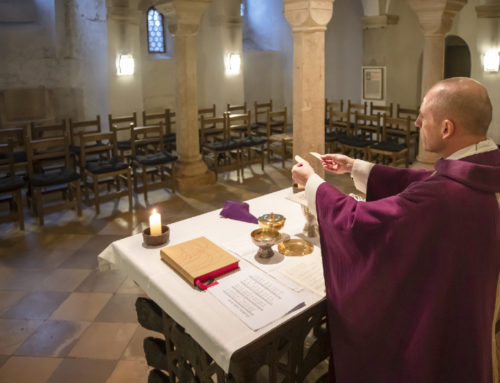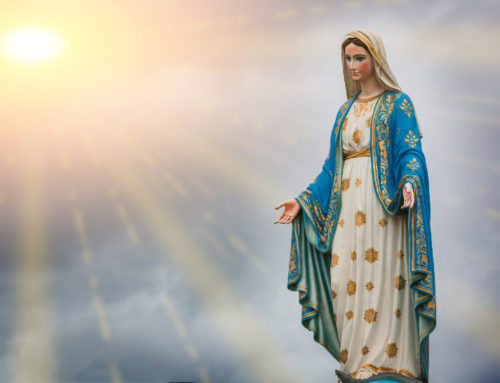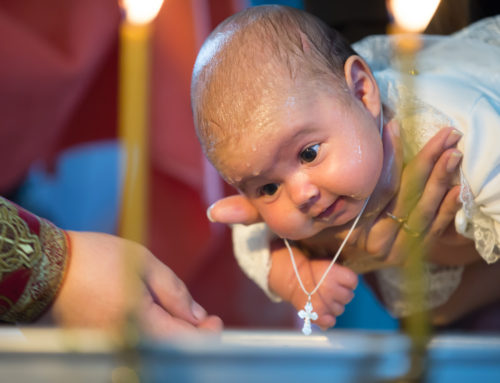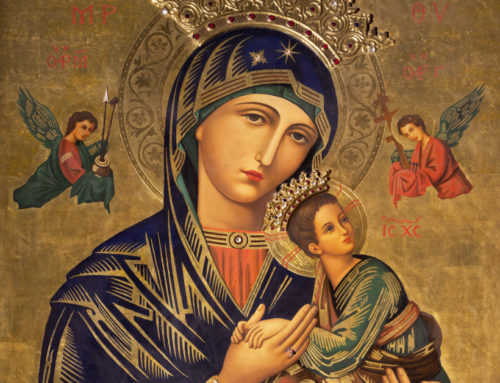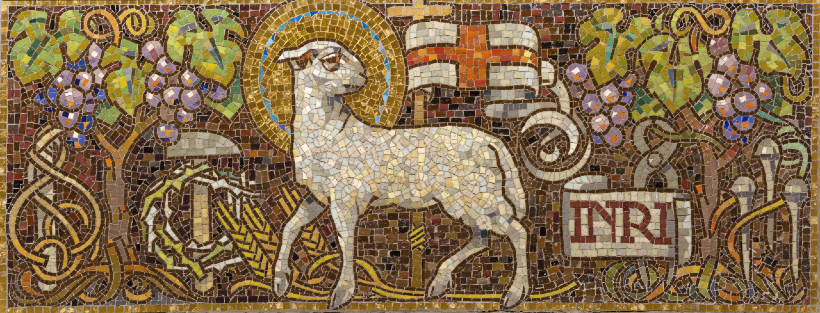
photo of the symbolic mosac of Lamb of God by Renáta Sedmáková
Is it true that language and nationality are the primary reason for so many different Eastern Catholic (and Orthodox) Churches?
To a certain extent, both language and culture played a role in the development of the Eastern Churches, both Catholic and Orthodox. As the gospel was spread at the beginning of the church, the apostles and disciples who shared the good news worked hard to enculturate the message, to show how it fit within the lives of those who heard it. Saint Paul, in his famous speech to the Athenians (Acts 17:22-25) made reference to the “unknown god” and explained that we know whom we worship — he took what they already had and fit the gospel to it.
For this reason there is a local tie-in to the Scriptures by the church. Over time this developed into what we would today see as a group of national churches. Exceptions to this “accidental” process include Armenia, the first Christian country (the entire country followed their king in accepting Christianity, possibly as early as 301 but certainly no later than 314). Russia, too, would be motivated by its leaders who embraced Eastern Christianity after they sent emissaries to Constantinople. Upon their return they claimed that they “knew not if we were on earth or in heaven” in reference to the Liturgy. As a result of their report, the Russian Orthodox Church was established. It followed the Byzantine Rite and, eventually, established many of its own traditions, such as the use of language and hymnody.
Other regions also “customized” their worship styles. The local churches used the language of the people, which has always been a tradition in the Eastern Churches. In cases where there were multiple languages, one eventually became the “holy” language that was used in the church. Thus, for example, Old Church Slavonic became the default language use din both the Russian and Ruthenian Churches, even though this language is no longer in common usage. in the Roman Church, Greek, and later Latin, became the official language of the Latin Church.
So, we can look at the situation today and suppose that the churches have a national character and language, but that is really the result of their development rather than the goal of their establishment.
Excerpt from Faulk, Edward. 101 Questions and Answers on Eastern Catholic Churches. (Paulist Press: Mahwah, NJ) 2007.

